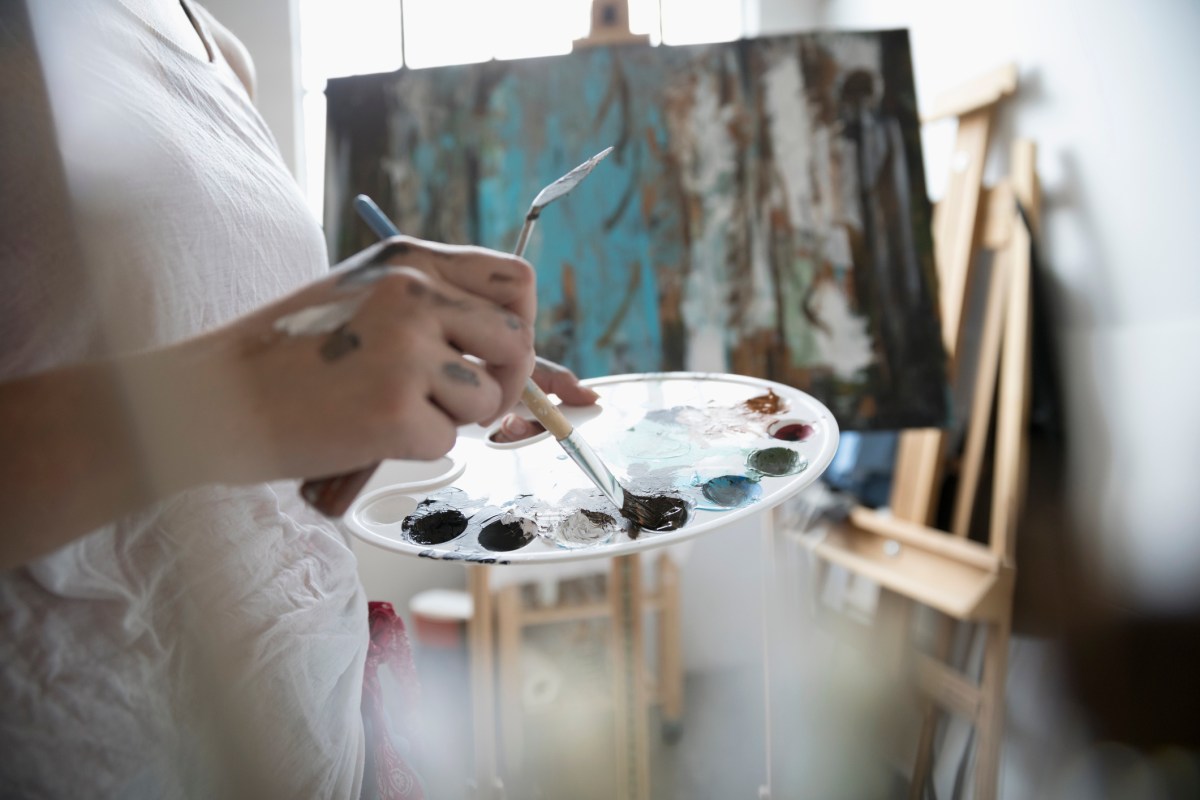Over the years, the incentive to become a proficient art forger has soared because a single, expertly executed knockoff can finance a long, comfortable retirement, writes The Guardian. Plus, the technologies and information available to forgers have improved, making it easier to create fraudulent copies. Some forgers have gone as far as sourcing wood from furniture they know is dateable to the year of the fake when creating the frames around their forgeries. Others pre-emptively test their fakes by running them under X-ray fluorescence guns, the same devices that many art fairs now train upon their exhibits to stop frauds.
This arms race in art forgery has sparked fears across the art world, and forced museums, galleries, and auction houses to be much more diligent about identifying fakes. Art expert James Martin has been hired to sniff our frauds by Sothebys, which offers buyers a five-year guarantee of refund in case any object sold at one of its auctions proves to be counterfeit. Sometimes what tips him off is a stray cat hair or sometimes it is chemical dust from paint that didn’t exist when the artwork was made. But time and again, Martin gets to the bottom of very real fakes.
Thanks for reading InsideHook. Sign up for our daily newsletter and be in the know.


















